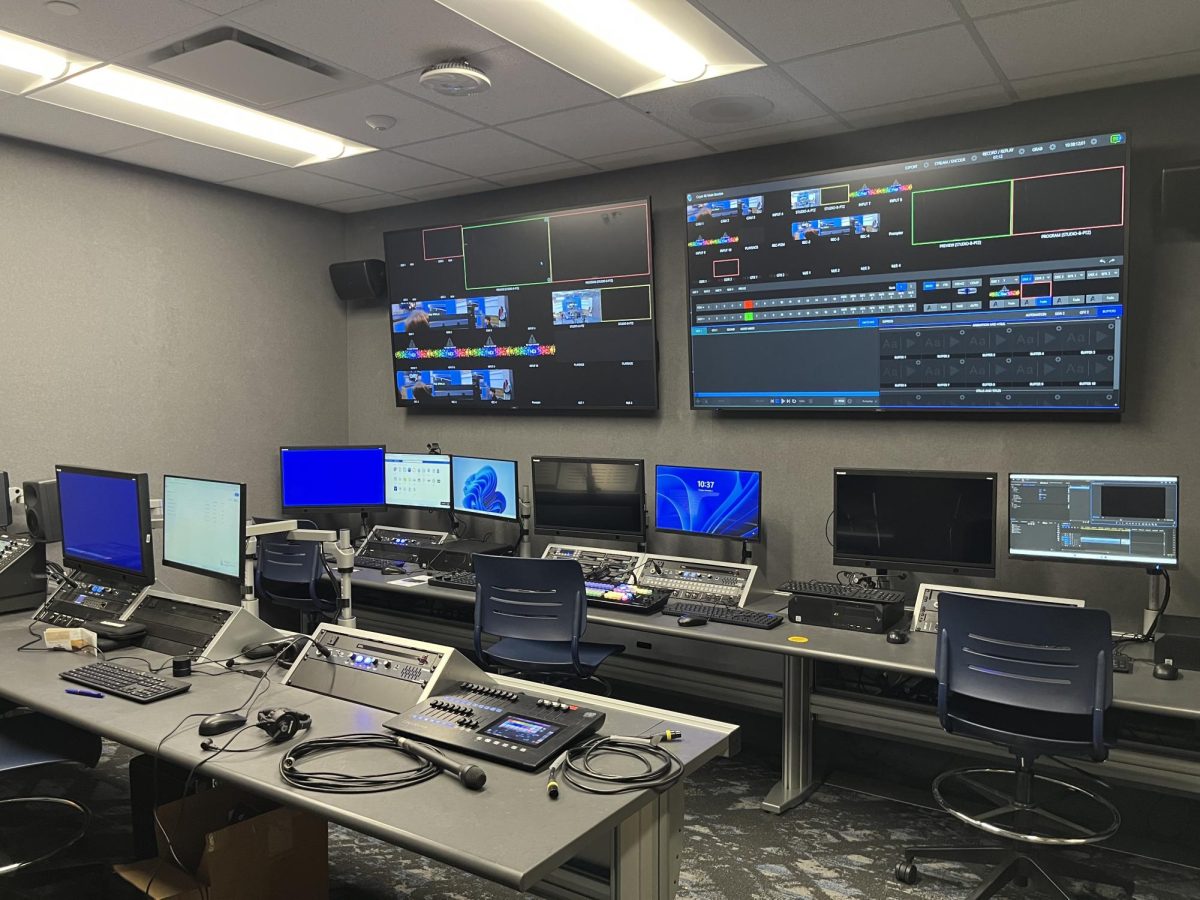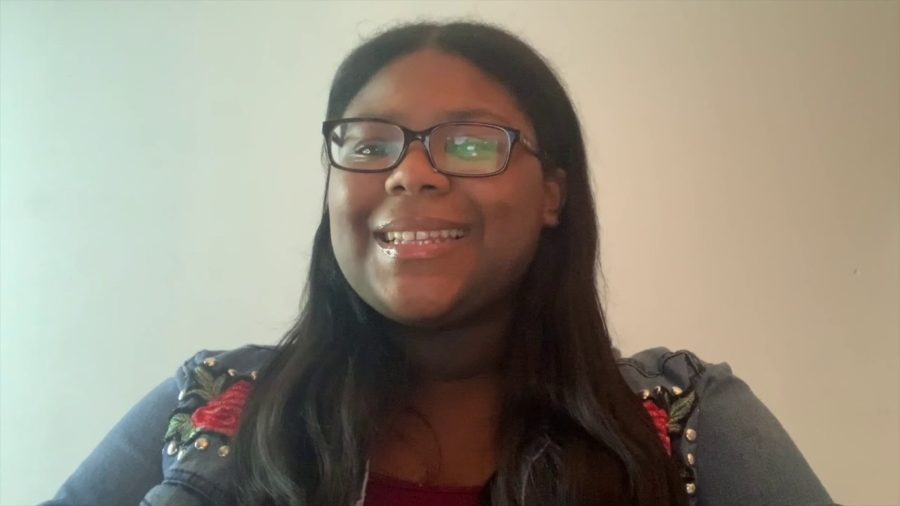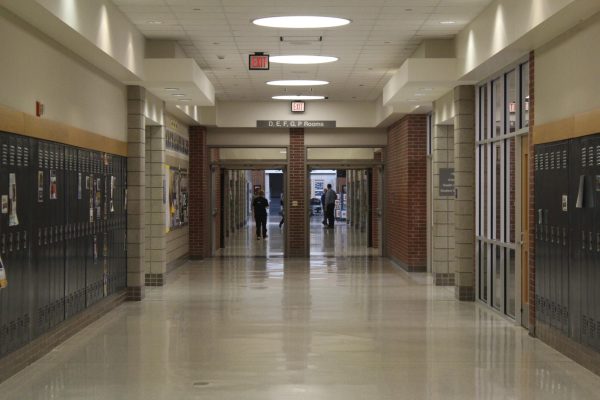Single Use Plastics in School, and Why They are a Problem
March 15, 2023
Single-use plastics include things we use every single day. They are the bottles we throw away after we finish our drink, the to-go boxes we toss after we eat leftovers, and especially the small plastic utensils we see every day at school (Center for Biological Diversity, n.d.). Among the 30 million students being served every day in the nation, styrofoam trays, plastic utensils, and other plastic material are being used in the lunchroom (Stephens, 2022). This significant overuse and often non-recycled plastics have the potential to cause serious concerns both environmentally and in terms of our health.
Plastics used in these single-use materials may contain chemicals that serve as endocrine disruptors, carcinogens (cancer-causing), birth defects, and those that weaken the immune system for both humans and animals (Center for Biological Diversity, n.d.). Not only this, they can break down and cause great harm to many plants and animals. It is therefore very clear that single-use plastics can pose great harms to not only the environment, but also human health.
Chester Elementary School (NY) explained their multi-year use of plastic utensils due to financial convenience, and because children were disposing of the metal utensils when provided them (Bannister, 2007).
To address this plastic crisis in school lunchrooms, it may be important to set up fundraisers to help schools afford this change, and educate mass audiences of the dangers of continued single-use plastics in schools and the importance in replacing them. It is not too late to create change for a better and healthier future.






















































